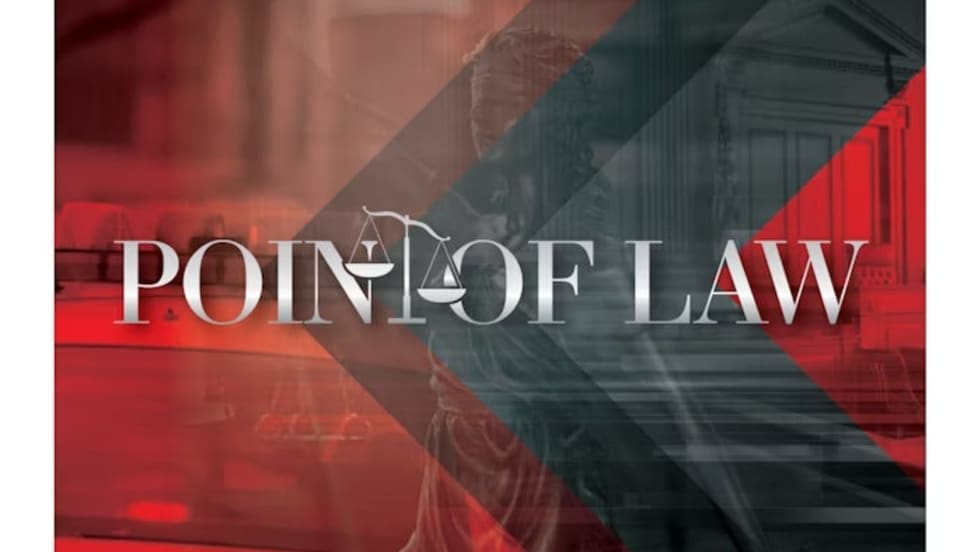Mental health has become a very prominent topic in our society today and at times officers are put in a position where a mentally ill person tries to push for suicide-by-cop. The aggressive and violent nature of the case in Jackson v. Gautreaux, 3 F.4th 182 (5th Cir. 2021) sees a Louisiana officer put in harm’s way while handling a mentally ill suspect who seemed determined to have law enforcement officers end his life.
When looking at use of force, an officer’s actions must be objectively reasonable. The court will consider the severity of the crime, the immediacy of the threat posed by the suspect, and whether the suspect is actively resisting arrest or trying to flee. In addition, when considering the reasonableness of using deadly force, the court will consider whether the suspect poses a threat of serious physical harm to the officer or others.







